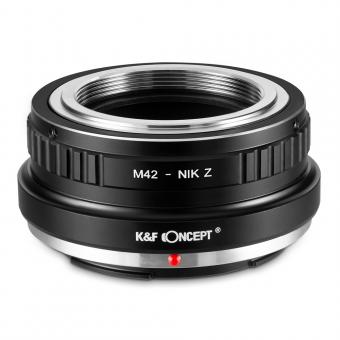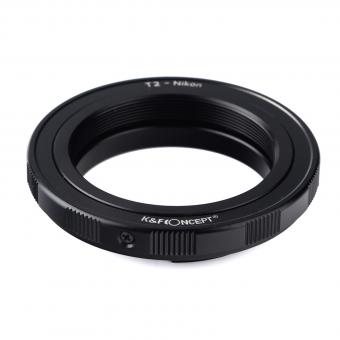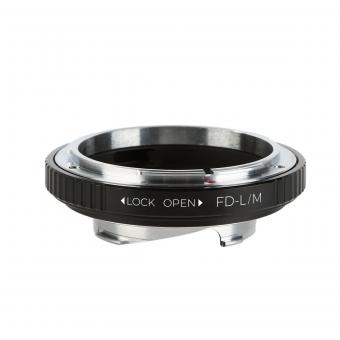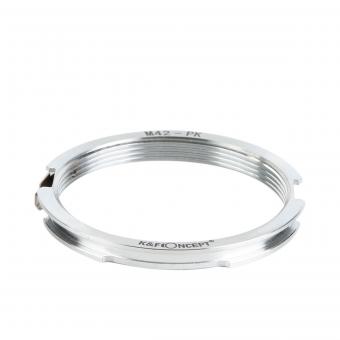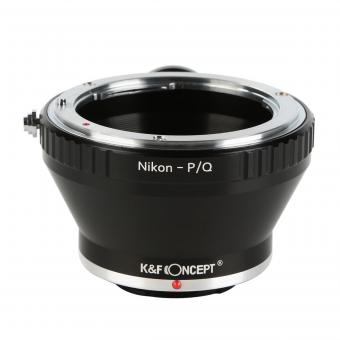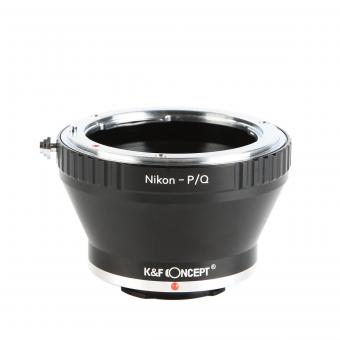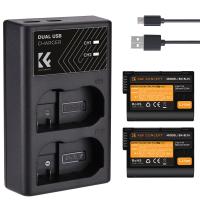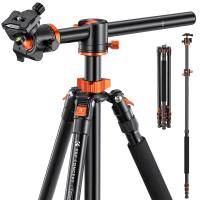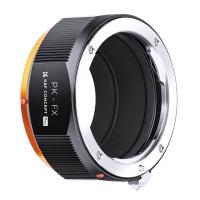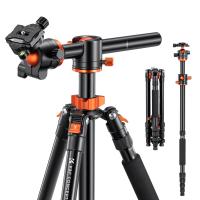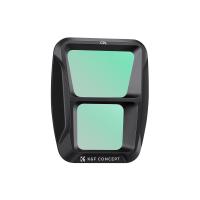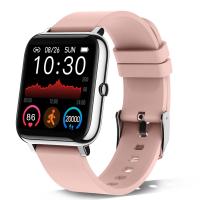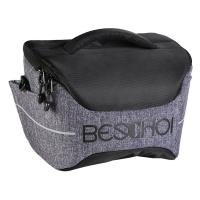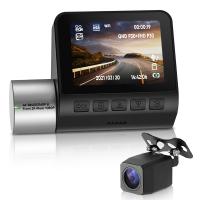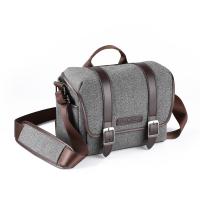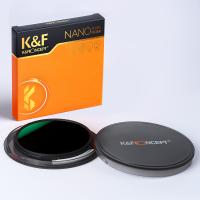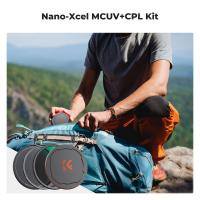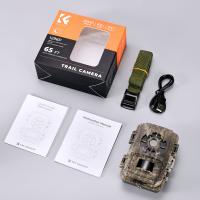How To Carry Camera While Backpacking ?
When backpacking, it is important to carry your camera in a way that ensures its safety and accessibility. One common method is to use a camera insert or padded case that fits inside your backpack. This provides protection for your camera and keeps it separate from other items in your backpack. Another option is to use a camera strap or harness that allows you to wear your camera around your neck or across your body. This keeps your camera easily accessible for quick shots while hiking. Additionally, consider using a waterproof cover or bag to protect your camera from rain or other environmental elements. Remember to secure your camera properly and be mindful of its weight to avoid strain or discomfort while backpacking.
1、 Camera Protection: Choosing the right camera bag or case
Camera Protection: Choosing the right camera bag or case
When backpacking, it is essential to protect your camera from the elements and potential damage. Here are some tips on how to carry your camera while backpacking and choose the right camera bag or case for maximum protection.
1. Consider the type of backpacking you will be doing: The type of backpacking you plan to undertake will determine the level of protection your camera needs. If you will be hiking in rugged terrain or exposed to extreme weather conditions, opt for a camera bag or case that offers superior protection against impact, moisture, and dust.
2. Look for a camera bag with padded compartments: A camera bag with padded compartments will provide cushioning and prevent your camera from getting scratched or damaged. It should also have adjustable dividers to keep your camera and lenses securely in place.
3. Opt for a weather-resistant camera bag: Weather-resistant camera bags or cases are designed to protect your gear from rain, snow, and other environmental factors. Look for bags made from durable materials such as nylon or polyester with a waterproof coating.
4. Consider the size and weight of the camera bag: When backpacking, every ounce counts. Choose a camera bag that is lightweight and compact, so it doesn't add unnecessary weight to your backpack. However, ensure it is still spacious enough to accommodate your camera, lenses, and other accessories.
5. Accessibility and ease of use: Look for a camera bag that allows quick and easy access to your gear. It should have multiple compartments and pockets to organize your equipment efficiently. Additionally, consider a bag with a comfortable strap or harness system for easy carrying during long hikes.
6. Latest point of view: With advancements in technology, some camera bags now come with additional features such as built-in rain covers, anti-theft features, and even solar panels for charging your camera batteries on the go. These features can enhance the protection and functionality of your camera bag while backpacking.
In conclusion, protecting your camera while backpacking is crucial to ensure its longevity and performance. By choosing the right camera bag or case that offers adequate protection against impact, moisture, and dust, you can enjoy your backpacking adventures while capturing stunning photographs.
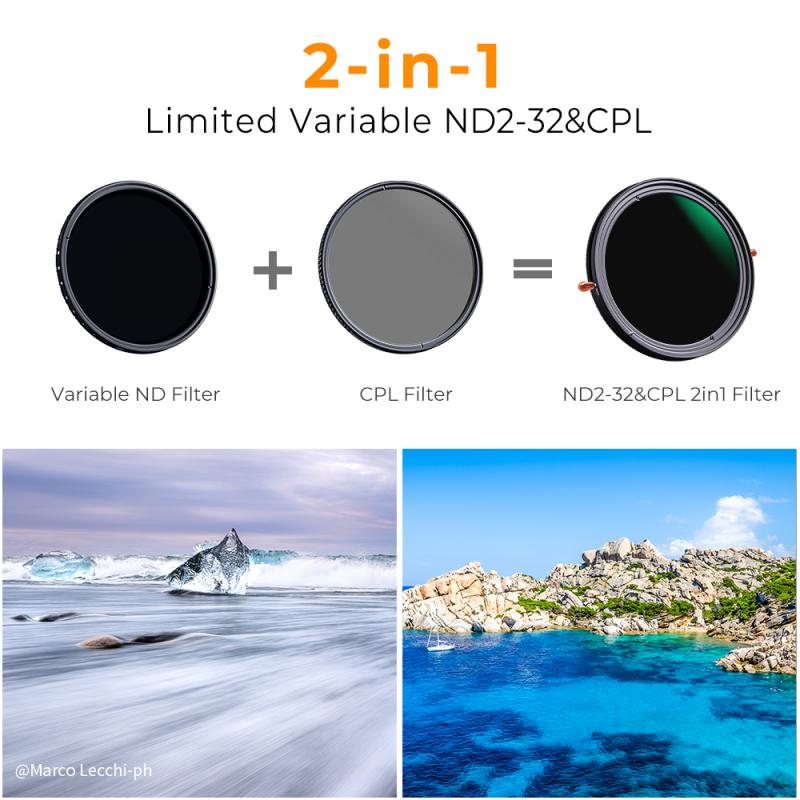
2、 Weight Distribution: Utilizing a camera backpack with proper padding
When it comes to backpacking, carrying a camera can be a challenge. However, there are a few strategies you can employ to ensure that your camera is safe and easily accessible throughout your journey.
One of the most important aspects to consider is weight distribution. Carrying a heavy camera in your backpack can throw off your balance and strain your back. To avoid this, it is recommended to utilize a camera backpack with proper padding. These backpacks are specifically designed to distribute the weight evenly across your back, making it more comfortable to carry your camera gear for extended periods.
Additionally, camera backpacks often come with adjustable straps and compartments that allow you to customize the layout to fit your specific needs. This ensures that your camera and lenses are securely held in place, preventing any unnecessary movement or damage while you're on the move.
Another consideration is accessibility. When backpacking, you may encounter unexpected photo opportunities that require quick and easy access to your camera. Look for a camera backpack that offers side or front access to your gear, allowing you to grab your camera without having to take off the entire backpack. This can be especially useful when you're on the trail and don't want to disrupt your hiking rhythm.
Lastly, it's important to stay up to date with the latest advancements in camera backpack technology. Manufacturers are constantly innovating and introducing new features to enhance comfort and convenience. For example, some camera backpacks now come with built-in hydration systems, allowing you to stay hydrated while keeping your camera gear protected.
In conclusion, when backpacking, it's crucial to prioritize weight distribution and accessibility when carrying your camera. Investing in a camera backpack with proper padding and adjustable compartments will not only make your journey more comfortable but also ensure that your camera gear remains safe and secure throughout your adventure.

3、 Accessibility: Opting for a backpack with quick camera access features
Accessibility: Opting for a backpack with quick camera access features
When it comes to backpacking, capturing the breathtaking landscapes and memorable moments is an essential part of the experience. However, carrying a camera while backpacking can be a challenge. To ensure easy and quick access to your camera, it is crucial to choose a backpack that offers camera-specific features.
One of the best options is to opt for a backpack with quick camera access features. These backpacks are designed with dedicated compartments and pockets specifically for cameras and lenses. They often have side or front access panels, allowing you to reach your camera without having to take off the entire backpack. This feature is particularly useful when you want to capture a spontaneous moment or quickly switch lenses.
Additionally, these backpacks usually have customizable dividers and padding to protect your camera gear from bumps and shocks. This ensures that your equipment remains safe and secure during your backpacking adventures.
Moreover, some backpacks come with adjustable straps and harness systems that distribute the weight evenly across your body, reducing strain on your shoulders and back. This is especially important when you are carrying heavy camera gear along with your other backpacking essentials.
In recent years, backpack manufacturers have been incorporating innovative designs and materials to make camera access even more convenient. Some backpacks now feature magnetic closures, quick-release buckles, or even sliding mechanisms that allow for one-handed camera retrieval.
It is worth noting that the latest point of view in backpack design is focused on creating lightweight yet durable options. This ensures that you can comfortably carry your camera gear without adding unnecessary weight to your backpack.
In conclusion, when it comes to carrying a camera while backpacking, opting for a backpack with quick camera access features is the way to go. These backpacks provide dedicated compartments, customizable dividers, and easy access panels, making it convenient to capture those unforgettable moments while on the go. With the latest advancements in backpack design, you can find lightweight and durable options that prioritize both accessibility and comfort.
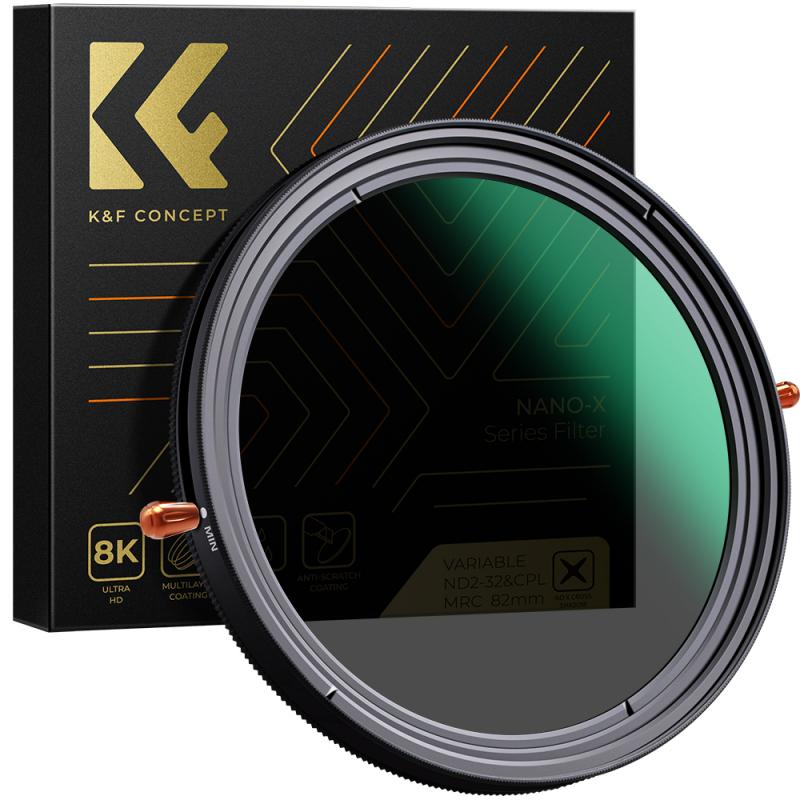
4、 Security: Incorporating anti-theft measures for camera gear
Security: Incorporating anti-theft measures for camera gear
When backpacking, it is essential to ensure the safety and security of your camera gear. Here are some tips on how to incorporate anti-theft measures to protect your valuable equipment:
1. Invest in a secure camera bag: Choose a backpack specifically designed for camera gear with built-in security features such as lockable zippers, hidden compartments, and slash-proof materials. Look for bags that have a padded camera compartment to protect your gear from impact.
2. Use a camera strap with a wire core: Opt for a camera strap that has a wire core running through it. This makes it difficult for thieves to cut through the strap and snatch your camera. Additionally, consider using a strap that can be detached easily, allowing you to keep your camera close to your body when needed.
3. Utilize a camera lock: Attach a small, lightweight camera lock to the strap or handle of your camera bag. This will prevent opportunistic thieves from easily opening your bag and stealing your gear.
4. Keep your camera out of sight: Avoid drawing unnecessary attention to your camera gear by keeping it concealed when not in use. Use a rain cover or wrap your camera in a non-descript bag to make it less conspicuous.
5. Utilize accommodation lockers: When staying in hostels or hotels, take advantage of lockers or safes provided by the establishment. Store your camera gear securely when you are not using it.
6. Insure your camera gear: Consider purchasing travel insurance that covers your camera gear against theft or damage. This will provide peace of mind in case the worst happens.
7. Be vigilant in crowded areas: When in busy tourist spots or crowded markets, be extra cautious of your surroundings. Keep your camera bag in front of you and be aware of any suspicious activity.
Remember, prevention is key when it comes to protecting your camera gear while backpacking. By incorporating these anti-theft measures, you can enjoy your travels without constantly worrying about the safety of your equipment.






